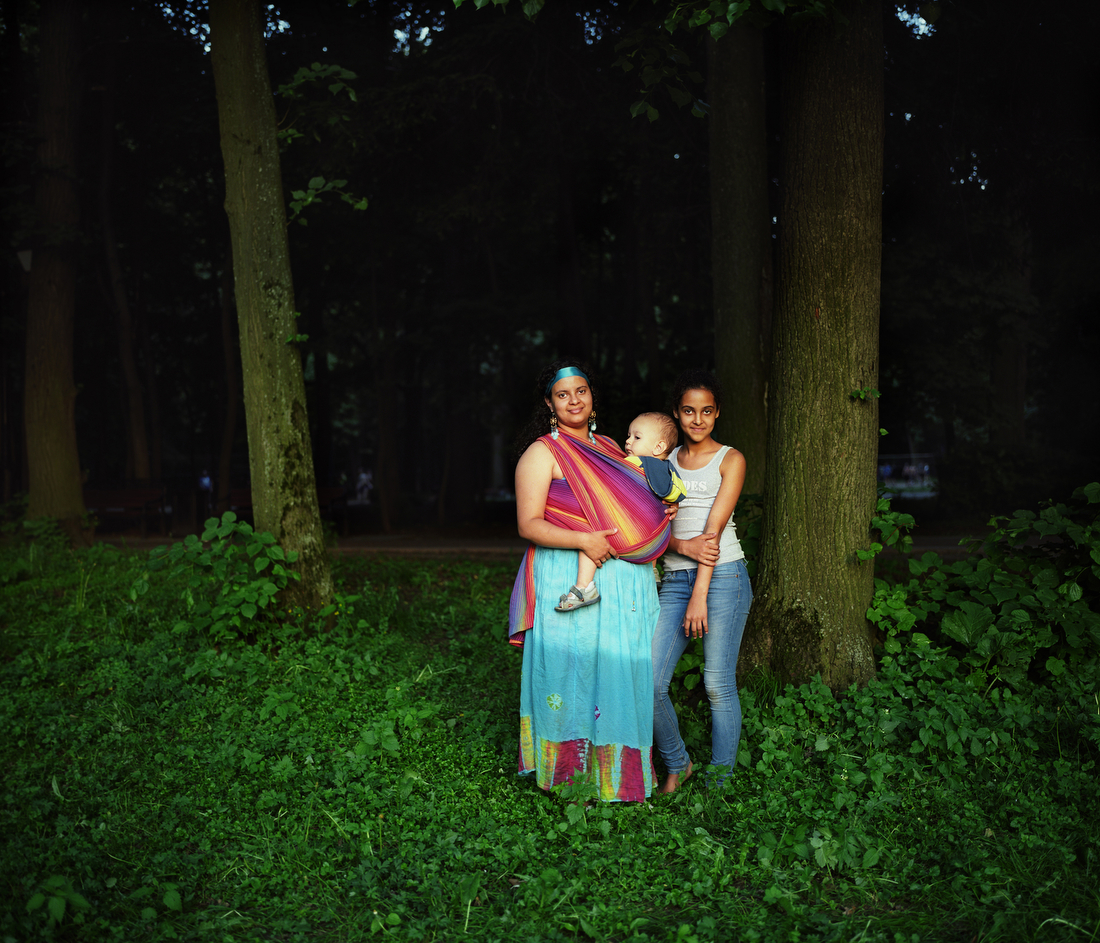City - NOMINEE: Julia Abzaltdinova
Photo © Julia Abzaltdinova
Julia Abzaltdinova
Noise in the park
Support this photographer - share this work on Facebook.
A park as an open grassy green area, designed for enjoying your leisure time, appeared on the wave of Romanticism in the XVIII century. Opened to public city parks appeared in Europe only at the beginning of the XIX century. Parks were promoting the cult of nature, harmony, quietness, seclusion. The main idea of any park was to recreate an untouched or somehow reshaped part of nature. Some of parks in Russia have remained since the times of tsars (estates and gardens), others were created during the communist epoch (parks of culture and recreation, physical education). At the moment all of them are much more open and accessible for citizens thanks to modernisation and introduction of new elements. And in Moscow you can find some extremely positive examples of that change. But the result of such intrusions to the original structure or composition of the park can't always be good.Thus, drifting through Moscow parks, I focused to search for the places where the story of the change has gone in the wrong direction. I chose the visual nuisances, noises, dissonances, and reconstructed my own image of the abandoned, deprived of attention park.
About author:
Julia Abzaltdinova, born 1984, lives and works in Moscow, Russia.
Julia's main themes are national identity representation and traces of human influence on the natural landscape. Studying at the Rodchenko Moscow School of Photography and Multimedia, Julia began her first project “The Big Game” (2010-2016) - a six-year visual study. In this project, the territory of Greater Sochi (Russia) is shown as a space of global changes during the preparation for the XXII Olympic Winter Games. Delving deeper into the topic, Julia touches such problems as mythology of place and time, quasi-patriotism, archeology of modern society and traces of human activity. “The Big Game” has been exhibited in 7 Russian cities (2017-2018) including the prominent festival of modern photography Presence (St. Petersburg, 2017) and the Baltic Biennial of the photo (Kaliningrad, 2017). Expanding on the theme of national identity representation, Julia proceeded to the problems of self-identification of a modern office person in her project “Chad” (2018). Also, in the project “Invisible life of plants” (2014) Julia observes the biotic and abiotic factors in the formation of urban life in Krasnoyarsk, delving into the theme of traces of human influence on the natural landscape.
Although primarily based in Moscow, Julia also works in Sochi and the Urals.

